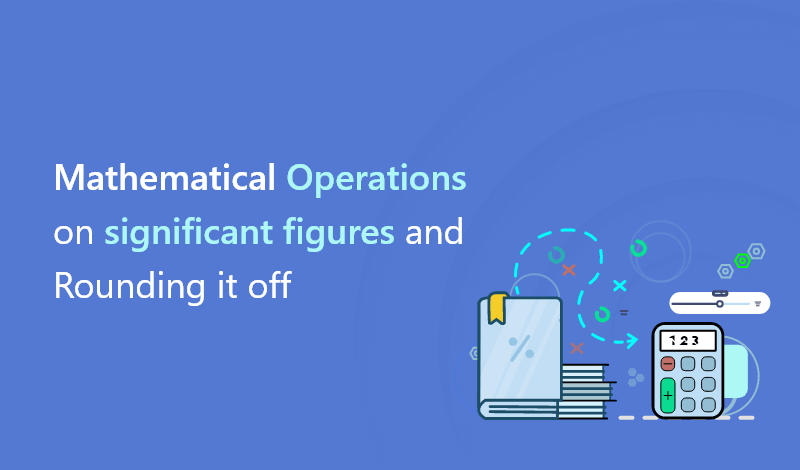
Oct 11, 2021
In the realm of scientific calculations and measurements, precision is paramount. Whether you're analyzing data in a laboratory, conducting experiments, or solving equations in engineering, understanding how to handle significant figures and rounding properly is crucial. These concepts not only ensure accuracy but also maintain the integrity of results. In this article, we delve into the intricacies of mathematical operations on significant figures and the art of rounding off numbers effectively.
Significant figures, also known as significant digits, are the digits in a number that carry meaning contributing to its precision. They consist of all the certain digits plus the first uncertain digit. For instance, in the number 4.56, there are three significant figures: 4, 5, and 6. Significant figures provide a way to express the precision of a measurement or calculation result.
Performing mathematical operations such as addition, subtraction, multiplication, and division with significant figures requires adherence to specific rules to maintain precision.
Addition and Subtraction:
Multiplication and Division:
Rounding off numbers is a common practice to simplify results to a desired level of precision. However, it's essential to round off correctly to avoid introducing errors into calculations.
Rounding to a Specific Number of Significant Figures:
Rounding to a Specific Decimal Place:
Let's apply these concepts to some practical examples:
Addition:
Multiplication:
Division:
Mastering mathematical operations on significant figures and rounding off numbers is indispensable for accurate scientific and engineering calculations. By following the rules outlined in this article, scientists, engineers, and researchers can ensure precision in their work, leading to reliable results and conclusions. Proper handling of significant figures and rounding techniques not only enhances the quality of data analysis but also upholds the integrity of scientific endeavors.
